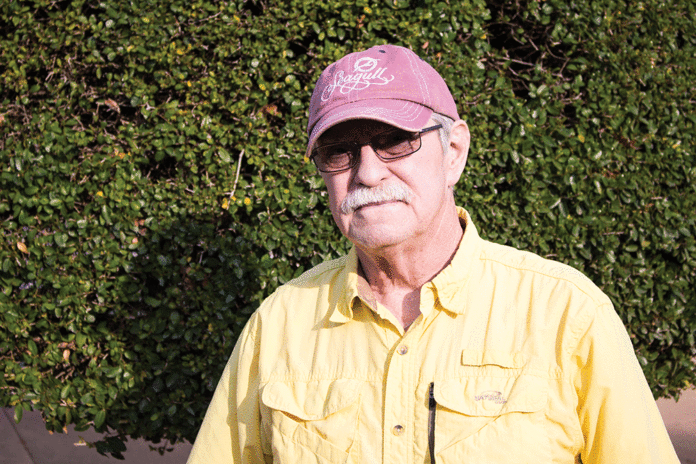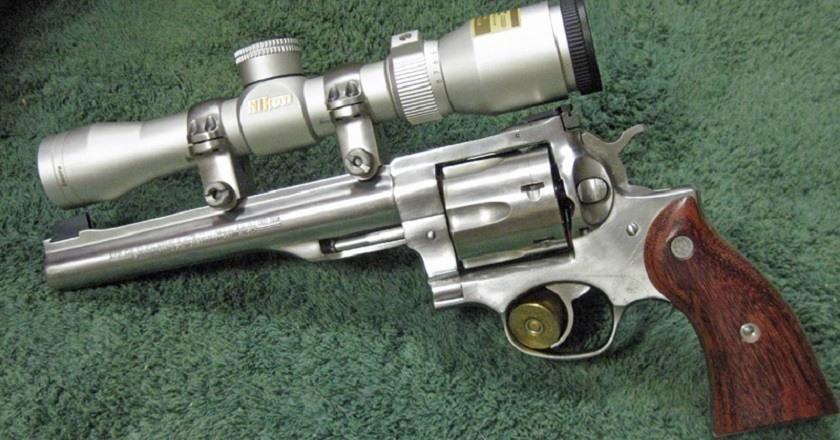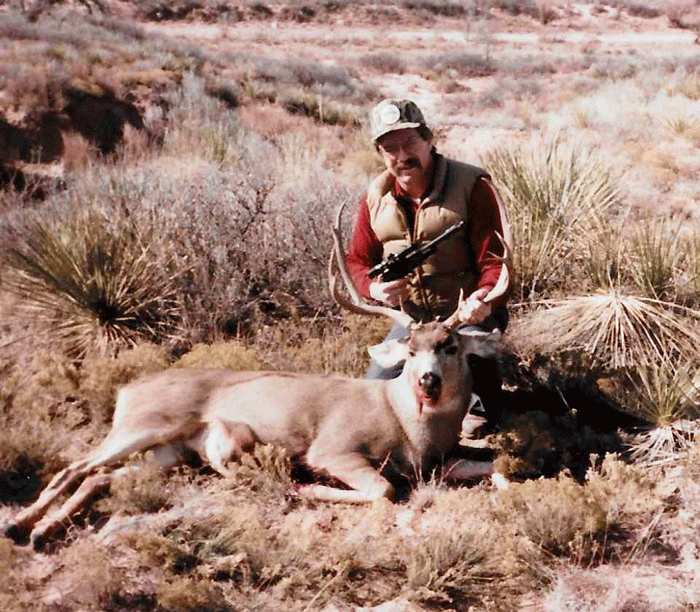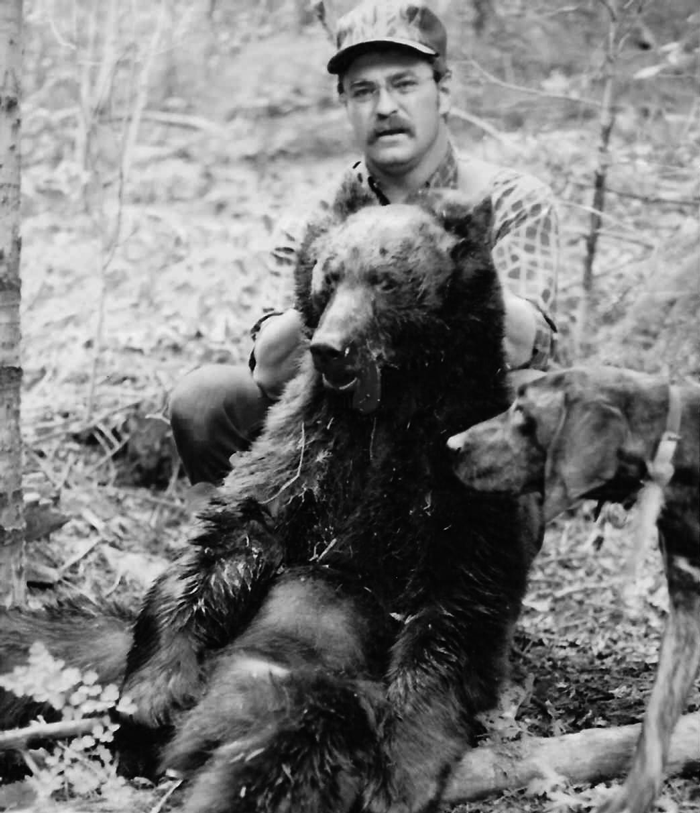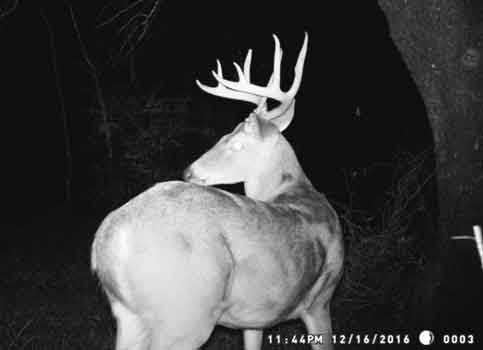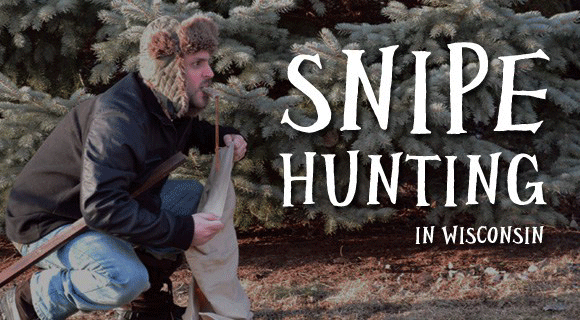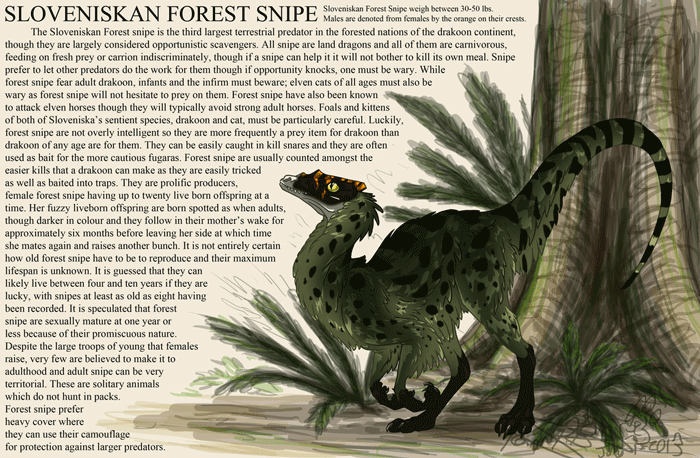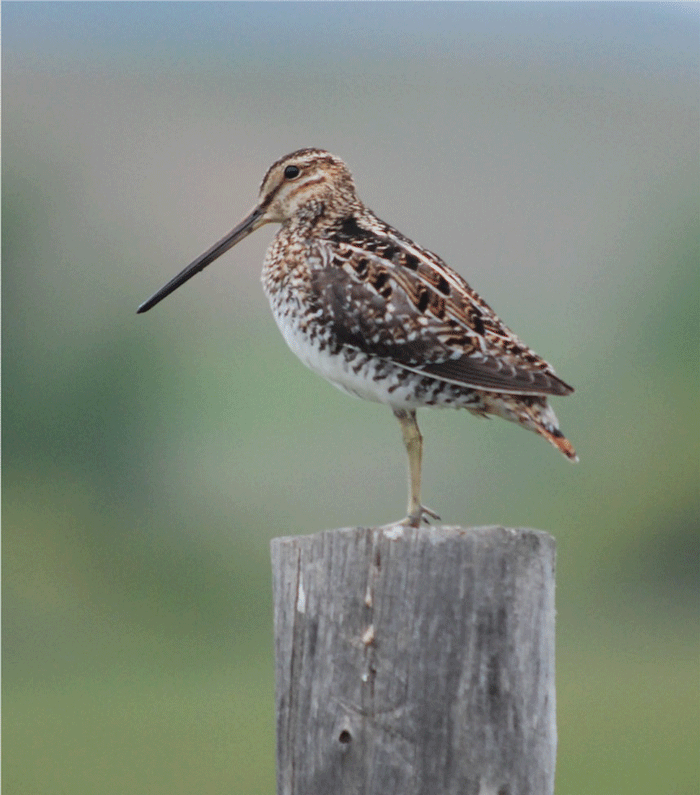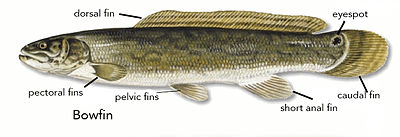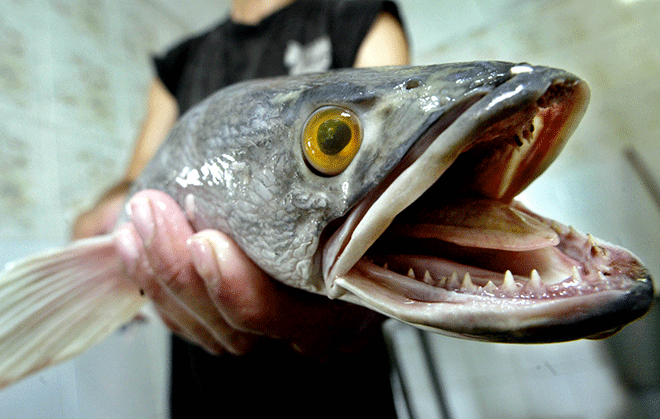Tuesday morning and outside a brisk 23 degrees, well, we know for sure we are done with mowing the grass!
The “Eagles” is the only Jefferson County football team still in the playoffs after the first week! Congrats to both Ringling and Ryan on great seasons. Friday night Waurika hosts the “Cherokee Chiefs.” Come out and root for a great bunch of young men!
Saturday is opening day of Oklahoma deer gun season and unlike the last couple of years, the bucks are already rutting. This might alter their patterns somewhat, but with the bucks chasing does, you never know when a big boy may show up!
Remember, if you get a big one, send us a picture for the “Waurika News Journal Big Buck Award”!
I am including information from The Department Of Wildlife about the upcoming season.
Oklahoma’s 16-day deer gun season will run Nov. 17 through Dec. 2. With more than 187,000 expected participants, the season is the state’s most popular hunting event in terms of participation. It is also the deer season that boasts the greatest success rate in terms of harvest each year. Firearms accounted for 57.7 percent of all deer harvested in the 2017-18 seasons. That amounted to 62,257 deer, the highest total for gun harvest since 2012.
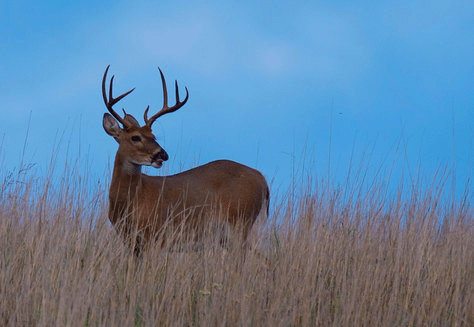
All things considered, deer gun season hunters should find ample opportunities for success in 2018.
“With timely rainfall throughout the growing season in much of the state, habitat is generally in great shape,” said Dallas Barber, a big game biologist for the Oklahoma Department of Wildlife Conservation.
Acorns and other food sources are in good supply. Those hunters who take note of deer feeding patterns as the season opener approaches will have an advantage.
The deer breeding season, known as the rut, will peak over the next few weeks, which means deer will be more active during daylight hours. During the week prior to opening day, the Department will issue its annual Deer Rut Report, which will offer hunters valuable insights on deer movement and hunting prospects using the most recent information available from all regions of the state. To get the Rut Report in your inbox when it is released, sign up for Email Updates on the left side of the Department’s home page.
Fueling deer hunting’s popularity in Oklahoma is a management plan that serves the state’s diverse hunters’ interests by providing region-leading season lengths and bag limits along with a strong education component outlining the benefits of balanced sex ratios and selective buck harvest.
Jerry Shaw, the regional supervisor in the Department’s Wildlife Division, said Oklahoma offers generous seasons and bag limits while still having one of the healthiest buck age structures in the nation.
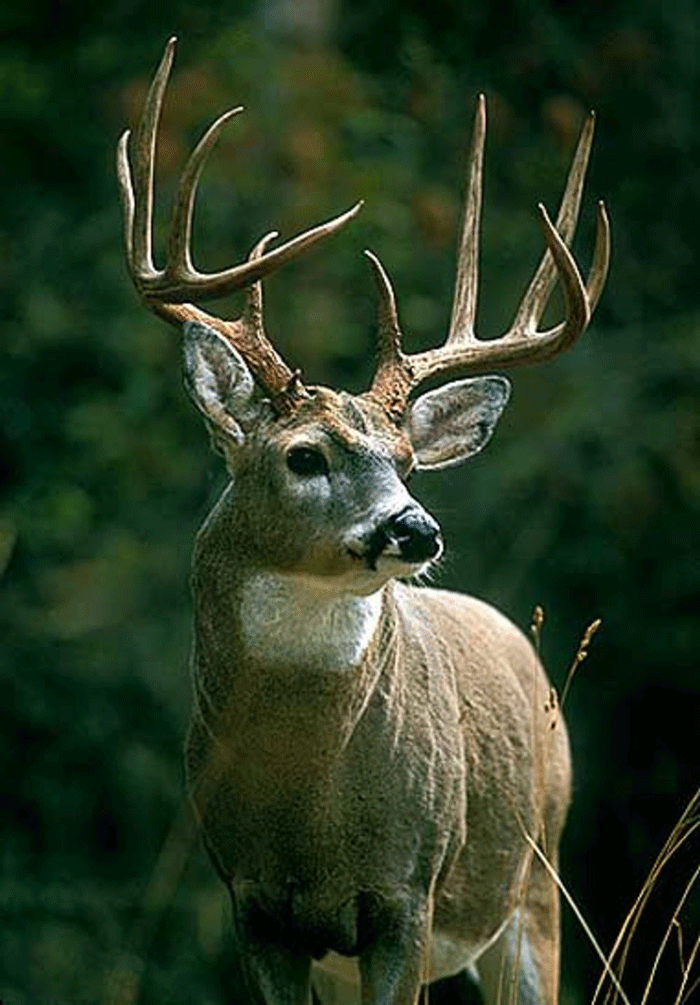
“Our hunters have taken the ‘Hunters in the Know … Let Young Bucks Grow’ message to heart, and the results are being seen in fields and woods across the state. Today we have more mature bucks than at any time in our state’s past. And it is all thanks to hunters following our lead and allowing many of our young bucks to walk and grow another year.”
Central to this voluntary management approach is reminding hunters that every time they choose to pull the trigger or release an arrow, they are making a deer management decision. “Equally as important as the deer you take are the deer you pass on and let walk away,” Shaw said. “While the ODWC provides the direction, it is the hunters who are putting the management in place.”
The statistics bear this out. Last year, 28 percent of all deer harvested were in the 0.5-year and 1.5-year age classes, while 49 percent of the harvest was in the 3.5-year and 4.5-year age classes.
The Department’s balanced voluntary approach with its “Hunters in the Know” campaign has gained national attention in recent years. The Quality Deer Management Association recognized Oklahoma among the top five states showing declines in yearling buck harvests.
But antler-less deer harvest remains an important component of the state’s deer management plan, Shaw said. “Adequate doe harvest is vital to keep populations in balance with the available habitat, maintain healthy buck-to-doe ratios, and synchronize fawning when conditions are the most favorable for fawn growth.
“Even if your freezer is full, you can always donate the deer to the Hunters Against Hunger program and provide nutritious, delicious food for someone less fortunate,” Shaw said.
From the largest outdoor and sporting goods stores in the major metropolitan cities to the smallest of cafes and roadside motels in rural outposts across the state, deer hunting has a sizable economic impact estimated at more than $600 million a year.
It wasn’t always this way. From the time of Oklahoma’s first deer hunting season in 1933 until well into the 1960s, the forests of southeastern Oklahoma were about the only places with huntable populations of whitetails. As part of what has become one of conservation’s greatest success stories, the Wildlife Department began successfully trapping and transplanting deer from the 1950s through the 1970s.
Now, the state’s deer population is estimated to be well over 500,000 animals. And deer hunters in Oklahoma have a better chance of harvesting a deer than at any other time in the state’s history.
Barber urged deer hunters to also do their part for future generations.
“Seeing how far we have come, it’s important to remind hunters not only to be deer managers but to share their heritage with others as well, so that this tradition of success is passed down and continued.”
Saturday morning it starts and knows you are continuing a rich Oklahoma Heritage. Good luck to all and remember in order to acclimate yourself to the temps, come out Friday evening and cheer on your “Waurika Eagles”!





